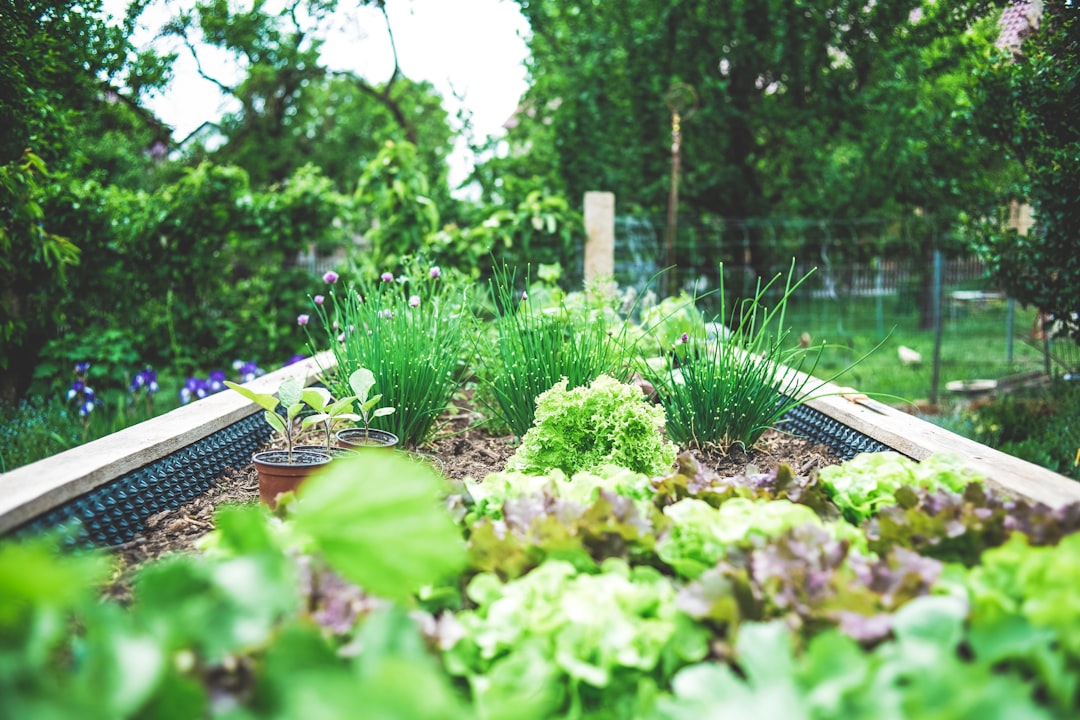Imagine stepping into your backyard and being greeted by the fresh, invigorating scents of basil, rosemary, and mint. A thriving herb garden not only elevates your culinary creations but also offers a natural source for home remedies and wellness. Whether you’re an experienced gardener or just starting out, this guide will help you design, plant, and maintain an herb garden that serves both your kitchen and your medicine cabinet.
Why Grow an Herb Garden?
Culinary Delights
Herbs can transform a meal, turning simple dishes into gourmet experiences. Fresh basil, thyme, and oregano add layers of flavor that dried herbs just can’t match. Growing your own means you have the freshest ingredients on hand, ready to enhance your recipes.
Medicinal Benefits
Many herbs are prized for their healing properties. Chamomile can soothe a restless mind, while peppermint helps with digestion and headaches. By cultivating these plants, you gain direct access to natural remedies, reducing reliance on over-the-counter solutions.
Aesthetic and Environmental Rewards
A well-planned herb garden adds beauty and structure to your backyard. With a mix of vibrant colors and textures, these gardens attract beneficial insects, improve soil health, and can even serve as a serene retreat for moments of relaxation.
Planning Your Herb Garden
Assess Your Space
-
Sunlight: Most culinary and medicinal herbs thrive in full sun (6-8 hours per day), so choose a location with ample sunlight.
-
Soil Quality: Herbs prefer well-draining soil. If your backyard tends to be heavy clay or sandy, consider raised beds or containers with a customized potting mix.
-
Accessibility: Position your garden near your kitchen or a convenient work area to easily harvest and use your herbs.
Selecting the Right Herbs
When choosing herbs, consider both culinary and medicinal uses:
-
Culinary Staples: Basil, parsley, thyme, rosemary, cilantro, and oregano are versatile and relatively easy to grow.
-
Medicinal Powerhouses: Mint, chamomile, lemon balm, and lavender offer calming, digestive, or antimicrobial benefits.
-
Dual-Purpose Choices: Many herbs, such as sage and marjoram, provide both delightful flavors and health benefits.
Designing Your Garden
Garden Layout
-
Raised Beds and Containers: If you’re working with limited space or poor soil quality, raised beds and containers are an excellent option. They allow you to control soil composition, manage drainage, and move plants if necessary.
-
Companion Planting: Arrange herbs that thrive together. For example, basil grows well with tomatoes, while mint should be contained in a pot to prevent invasive spreading.
-
Vertical Space: Consider using trellises or vertical planters to maximize space, especially in smaller yards.
Creating a Planting Schedule
-
Seasonal Planning: Many herbs can be planted in spring and then harvested throughout summer. Some, like rosemary and thyme, are perennial in milder climates, while others may need to be replanted each season.
-
Succession Planting: To ensure a steady supply, consider planting herbs in stages. This approach minimizes downtime between harvests and provides a continuous yield.
Caring for Your Herb Garden
Watering and Mulching
-
Watering: Herbs generally prefer consistent moisture without becoming waterlogged. A drip irrigation system or soaker hose can deliver water directly to the roots while conserving water.
-
Mulching: Apply a thin layer of organic mulch to retain moisture, regulate soil temperature, and reduce weed competition.
Fertilizing and Soil Health
-
Organic Fertilizers: Use compost or organic fertilizers to provide nutrients without overwhelming the delicate flavors of your herbs.
-
Soil Testing: Regularly check your soil pH and nutrient levels to adjust your care routine accordingly. Most herbs prefer a slightly acidic to neutral soil (pH 6-7).
Pruning and Harvesting
-
Regular Pruning: Encourage bushier growth and prevent plants from becoming leggy by trimming them regularly. Harvest in the morning when essential oils are most concentrated.
-
Rotate Harvests: Frequent harvesting not only provides you with fresh herbs but also stimulates new growth, ensuring a productive garden.
Troubleshooting Common Issues
Pests and Diseases
-
Natural Remedies: Use organic pest control methods, such as neem oil or insecticidal soap, to manage infestations. Encouraging beneficial insects like ladybugs can help keep pest populations in check.
-
Good Hygiene: Remove any dead or diseased foliage promptly to prevent the spread of infections.
Environmental Stress
-
Heat and Drought: Provide temporary shade or increase watering during hot spells to protect sensitive herbs.
-
Cold Protection: In cooler climates, consider using cold frames or frost cloths to extend the growing season for delicate plants.
Final Thoughts
Creating a thriving herb garden in your backyard is an investment in both flavor and health. By carefully selecting your space, choosing the right varieties, and maintaining a regular care routine, you can enjoy an abundant supply of culinary and medicinal herbs all year long. Whether you’re cooking up a storm or brewing a soothing herbal tea, your garden will be a constant source of inspiration and well-being.

Comments
No comments yet. Be the first to comment!
You must be logged in to comment. Login